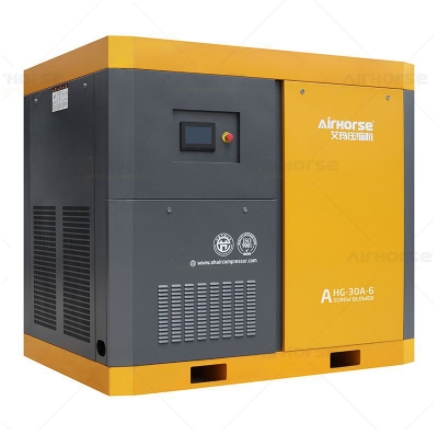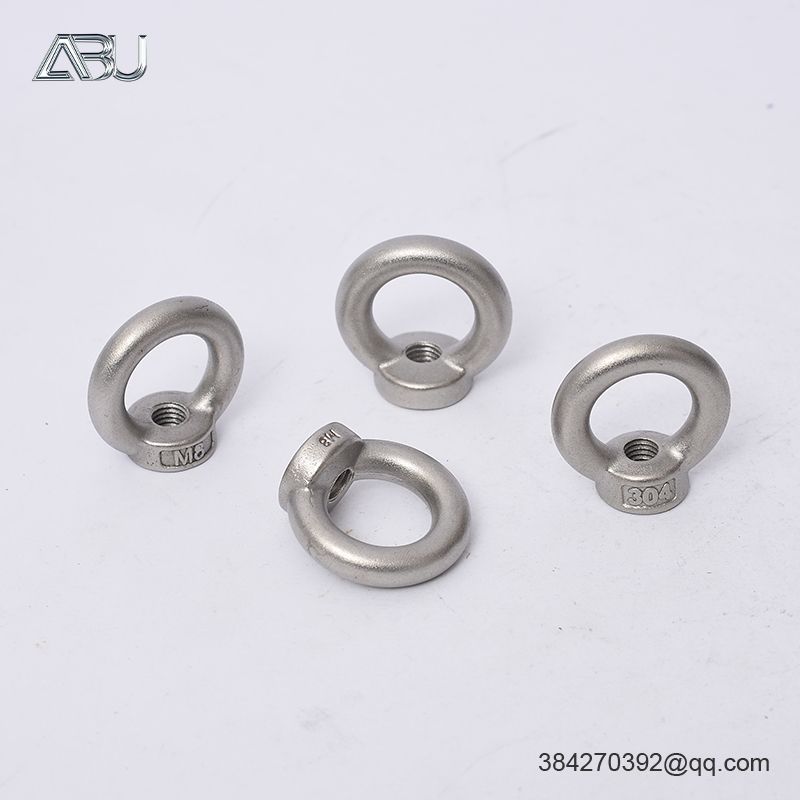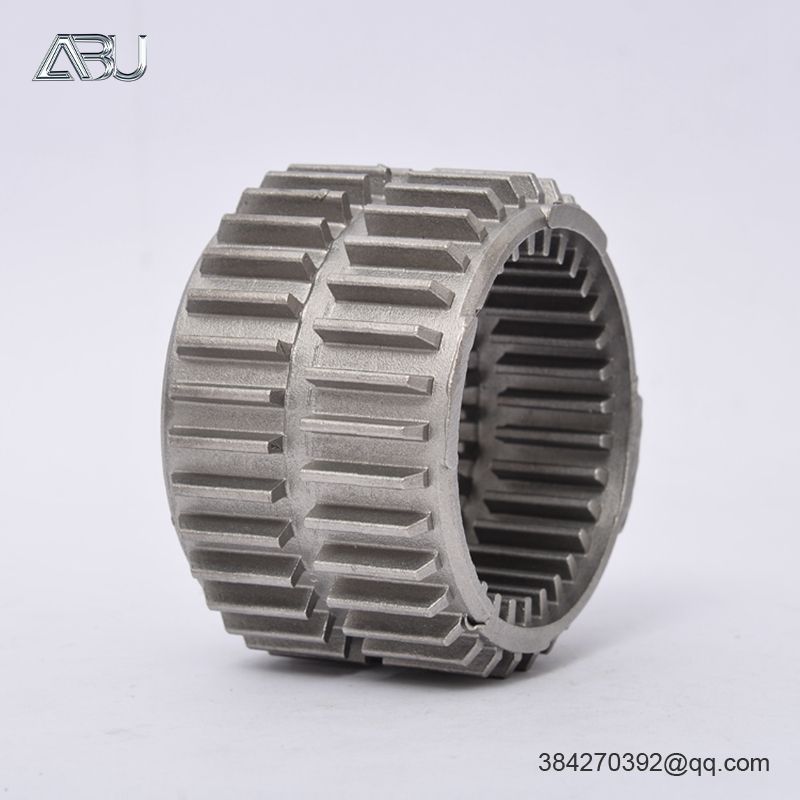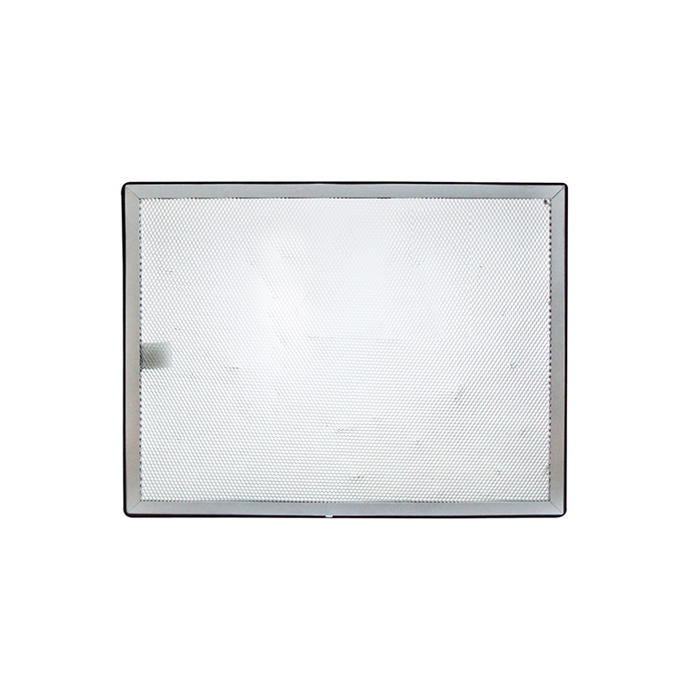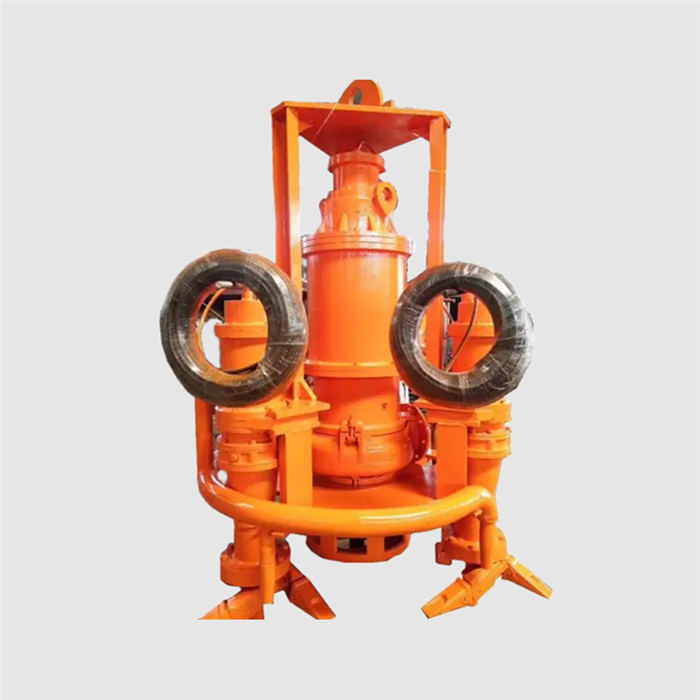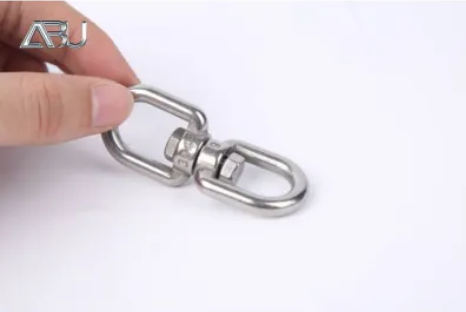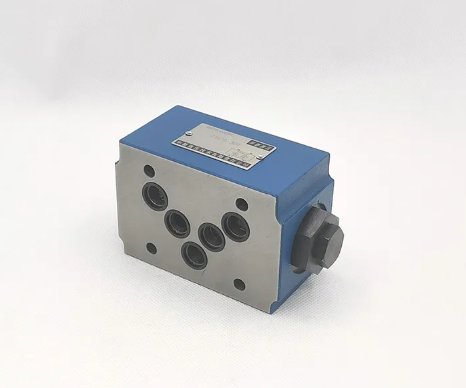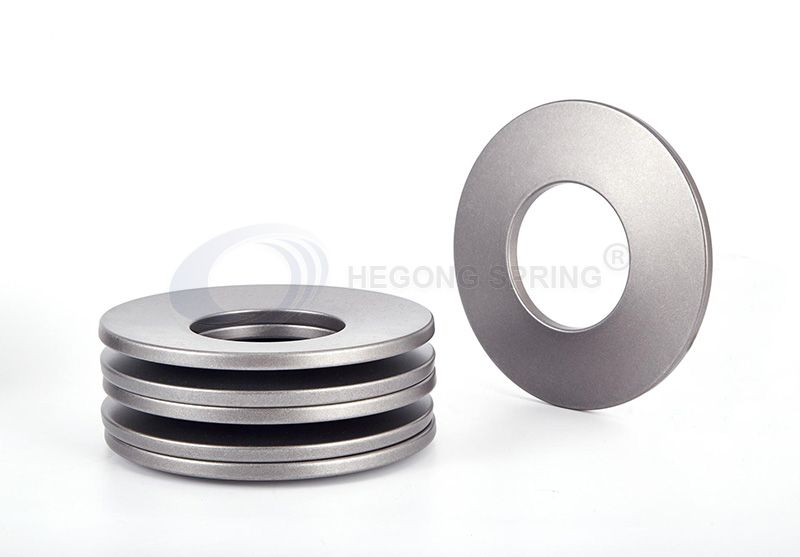How does a low pressure compressor work?
Introduction
In the world of industrial machinery, precision and efficiency are the cornerstones of success. Among the array of equipment that facilitate complex processes, low pressure compressors emerge as essential tools that play a pivotal role in various industries. But how exactly do these machines work their magic? In this article, we embark on a journey to unravel the intricate mechanisms behind low pressure compressors, shedding light on their operation and the science that drives them.
Understanding the Basics: What is a Low Pressure Compressor?
Before delving into the inner workings, let's establish a foundational understanding of what a low pressure compressor is. A low pressure compressor is a device designed to raise the pressure of air or gas from the ambient level to a moderate pressure range. Unlike high-pressure compressors that operate at significantly higher pressures, these machines focus on maintaining a steady flow of compressed air or gas at lower pressures, making them ideal for specific applications.
Rotary Mechanisms: A Closer Look
One of the prevalent methods used in low pressure compressors is the rotary mechanism. Rotary compressors rely on the principle of trapping air or gas between two interlocking rotors. These rotors, typically helical in shape, rotate within a housing, creating pockets or chambers that expand and contract as they turn. This cyclical motion effectively compresses the gas or air, leading to an increase in pressure.
1. Intake Phase
The process begins with the intake phase, where the rotors are positioned such that the pockets are open at the inlet. As the rotors rotate, air or gas is drawn into the expanding pockets due to the pressure difference between the intake and the pockets. This intake phase ensures a continuous flow of the working fluid.
2. Compression Phase
As the rotors continue to rotate, the pockets carrying the air or gas gradually decrease in size. This reduction in volume leads to the compression of the working fluid. The interlocking helical shape of the rotors ensures a progressive reduction in pocket size, resulting in a controlled increase in pressure.
3. Discharge Phase
At the discharge phase, the pockets reach a point where they align with the outlet port. This alignment allows the compressed air or gas to be discharged from the pockets into the outlet port. The synchronized motion of the rotors ensures a continuous flow of compressed air or gas at a steady pressure level.
Reciprocating Mechanisms: An Alternative Approach
Reciprocating compressors provide an alternative mechanism for achieving compression in low pressure applications. This type of compressor employs a piston-cylinder arrangement to compress the working fluid. The operation involves a back-and-forth motion of the piston within the cylinder, which leads to the compression of air or gas.
Everything You Need To Know about Multistage Centrifugal Pumps
The role of ball bearing lubrication and the method of oil lubrication
How to install Flexible Metal Conduit
What is the purpose of airless spray gun filters?
How do you identify a thrust bearing?
Where do you use a bellows seal gate valve?
What is medical injection molding?
1. Intake Stroke
During the intake stroke, the piston moves away from the cylinder head, creating a low-pressure zone within the cylinder. This drop in pressure causes the inlet valve to open, allowing air or gas to enter the cylinder.
2. Compression Stroke
As the piston reverses direction and moves towards the cylinder head, the inlet valve closes, trapping the air or gas within the cylinder. The compression stroke leads to a reduction in the volume of the trapped air, resulting in an increase in pressure.
3. Discharge Stroke
When the pressure within the cylinder exceeds the pressure in the discharge line, the outlet valve opens, allowing the compressed air or gas to exit the cylinder. This marks the discharge stroke and completes one compression cycle.
Applications of Low Pressure Compressors
Low pressure compressors find diverse applications across various industries due to their ability to provide controlled and moderate-pressure airflow. Some notable applications include:
Aeration in Wastewater Treatment: Low pressure compressors are crucial for supplying air to aeration basins in wastewater treatment plants, aiding in the breakdown of organic matter.
Pneumatic Conveyance: Industries requiring gentle material conveyance, such as food processing and pharmaceuticals, benefit from the controlled airflow of low pressure compressors.
Ventilation Systems: Low pressure compressors play a role in maintaining indoor air quality by powering ventilation systems and air curtains.
Aquaculture Aeration: These compressors support oxygenation in fish tanks and ponds, contributing to the health of aquatic organisms in aquaculture settings.
HVAC Systems: Controlled airflow in heating, ventilation, and air conditioning systems is achieved using low pressure compressors.
Conclusion
Low pressure compressors are ingenious devices that leverage rotary or reciprocating mechanisms to achieve controlled compression of air or gas at moderate pressures. Their intricate operation facilitates various industrial processes, from wastewater treatment to pneumatic conveyance. By understanding the mechanisms behind these compressors, we gain insight into their vital role in enhancing efficiency, precision, and functionality across numerous industries. As technology advances, low pressure compressors continue to shape the landscape of industrial machinery, driving progress and innovation in a wide range of applications.
Additional reading:What is the average lifespan of Water Well Drill Pipe?
Top 5 Tips for Selecting a Reliable Longhe Attachment Contractor - Which One Will Ensure Your Project's Success?
Master Custom Reducer: The Ultimate Solution to Google's Hottest Questions
Everything You Need to Know About Longhe Attachments ODM - The Ultimate Guide
Revolutionizing Train Efficiency with Spiral Bevel Gear?
Roller Bearings: Enhancing Efficiency and Performance in Mechanical Systems
Vibrant and Resilient: The Allure of Color Coated Corrugated Steel Plates



